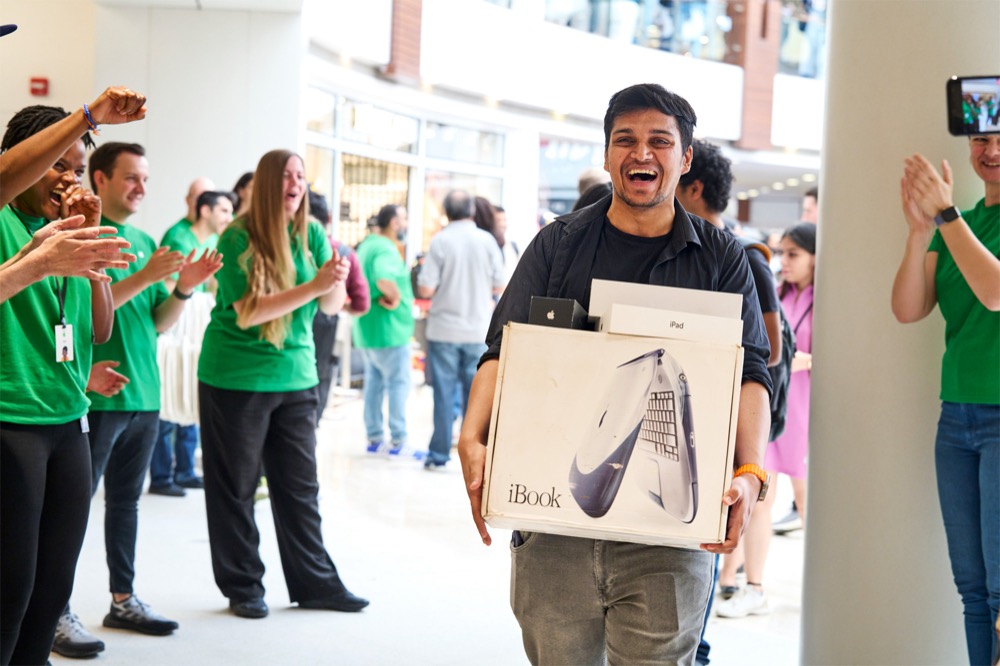Apple’s iPhone is driving huge business growth in India

Have I told you not to underestimate the importance of Apple’s business in India? I have – and have been doing so for years. Now at least one iPhone is being developed there, devices made there are being exported at an ever increasing rate, and the Apple iPhone is gobbling up more of India’s growing smartphone market. Three stories that are big in themselves but put them together and the difference to Apple’s long term business will be profound.
Developed in India
OK, to be fair the iPhone isn’t exactly being developed in India, but its manufacturing process is. Foxconn is reported to be conducting early development of the entry-level iPhone 17 at a factory in Bengaluru, India. That’s a big new first for Apple manufacturing as this process was entirely China-based until now.
What Apple is doing is giving its engineers in India a chance to develop prototypes that meet the quality standards of those it builds in California. The idea, apparently, is to start developing these devices closer to where final assembly takes place, presumably in search of higher production efficiency and lower costs. It seems a little too early to repeat speculation pertaining to the next iPhone, we know it will be similar looking, have a faster chip, and camera improvements, because every iteration of the device always does have those things.
Made in India
Take a look at your iPhone box in future as it is becoming increasingly possible your next iPhone may be made in India. The nation doesn’t account for every device, but it matters that iPhone exports from India reached $6 billion in the six months to September 2024, up 33% on last year.
The growing value of exported devices reflects the accelerating deployment of Apple partners in India, as more and more of its component suppliers also set up shop there. Indian conglomerate, Tata Electronics, recently acquired Wistron’s iPhone factory and, after a few teething problems, is now getting that business online, exporting around $1.7b of iPhones from there.
iPhone 16 range goes on sale at Apple Mumbai – were these made in India?
What this means for most of us is that the iPhone supply chain may find itself to be a little more secure than it was when reliant on one single nation for supply. What it means for people in India is that the world’s biggest AI ecosystem manufacturer is contributing jobs and economic growth to the country.
The company is also currently recruiting 400 people to staff four new Apple retail stores it plans to open next year in the cities of Bengaluru, Pune, Delhi-NCR and Mumbai. This boost to local economies and employment means India’s consumers have become more eager to purchase Apple’s devices, particularly now iPhones are locally made and available without additional import tax on top. Apple is also seeking out local component suppliers to integrate into its existing supply chains.
Buying in India
No wonder then that India’s consumers are slapping down their currency for new iPhones.
India’s smartphone market grew 3% year on year, and the value of that business grew 12%. Apple is part of this growth curve – the company managed to grab 22% of the smartphone market in India buy value in Q3 2024 – and that’s even before iPhone 16 really hit retail.
That’s good news for Apple, of course, but also means the company is now snapping at the heels of Samsung for the crown of being the biggest smartphone vendor in India. That’s a massive difference on just a few years ago when Apple held just a single percent of the market. IDC has predicted the company will sell up to 12.5 million iPhones in India this year.
“Apple closely follows Samsung at the No. 2 spot with a 22% value share,” noted Counterpoint analyst, Prachir Singh.
Local reports claim Apple in India is already generating millions at its stores.
“The brand has aggressively expanded into smaller cities, driving significant value growth with an increased focus on newer iPhones… Strong shipments of the iPhone 15 and iPhone 16 ahead of the festive season have further enhanced Apple’s performance. As consumers increasingly invest in premium smartphones, Apple has cemented its status as the top choice for premium buyers in India, supported by its aspirational image and expanding footprint,” he said.
Of course, one way to determine the strength of a brand is to glance at the second user market. Apple’s iPhone has now become the most wanted second user smartphone in India, to the extent that demand for second user iPhones has caused India’s entire pre-loved market to spike.
One-in-four second-user smartphones sold in India this year were iPhones, according to IDC.
The bottom line?
Hard work, focus, and the company’s big commitment to involve itself in business there is already paying off and will pay off more. I can still remember how dismissive some critics were when Apple CEO, Tim Cook, first discussed Apple’s “thousand year” plan for India. They couldn’t see past their own prejudice to recognize the vitality of India, its people, and its economic opportunity. Apple did recognize that. The result is that it is now big in India, and – at least according to the current trajectory – is only going to get bigger.
Please follow me on LinkedIn, Mastodon, or join me in the AppleHolic’s bar & grill group on MeWe.


